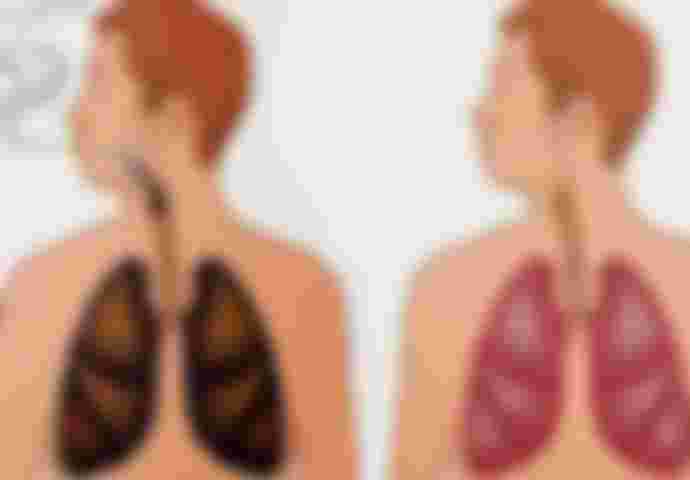Cigarette smoking, whose main ingredient is nicotine, is a very common addiction among the population. Like most addictive diseases, nicotine exerts its effects through the mechanisms of dopaminergic and other reward systems in the brain. When tobacco is unavailable or a person tries to quit smoking, it occurs through the symptoms of withdrawal syndrome, which may not be so physically pronounced and lasts only a few days, but the craving for cigarettes can last for years.
Although legally accepted in almost all countries of the world, tobacco is one of the biggest poisons man consciously enters into his organism while endangering both his health and the health of the people around him myself. The big problem with smoking is that young people start consuming tobacco earlier and earlier, no realizing its bad sides.
Every year, about 4 million people lose their lives due to smoking, ie. every 8 seconds one person dies from some diseases caused by tobacco smoke, which contains over 4,000 harmful and 43 carcinogenic substances.

Tobacco smoke is full of carcinogenic agents, such as carbon monoxide, tar, etc.
Nicotine is a highly toxic drug and is as addictive as heroin. So, smoking is an addictive disease, up to now, widely socially accepted. It does not cause immediate harmful effects such as drug and alcohol abuse.
Mechanism of action destroys the enzyme mono-amino oxidase B (MAO) - which eliminates dopamine,
and the accumulation of dopamine causes a feeling of satisfaction in smokers.

In addition to 4,000 harmful substances and none of the useful ones that exist in tobacco, the tobacco industry in cigarettes inserts an additional 600 chemical components.
Sulfur is added to give low-quality tobacco a yellow color.
Lead is added to correct the taste and because of this ingredient smokers often feel a metallic taste in their mouth.
To stabilize the moisture and not to dry out the tobacco, the manufacturers add antifreeze.
To prevent the ash from crowning, asbestos fibers are added, and in order for the ash to be white, titanium dioxide is added.
With a large dose of radioactivity, it is only possible to grow "quality" tobacco.
Combustion of paper and tobacco produces hydrogen selenium, two hundred times more toxic than hydrogen cyanide acids.

In addition to having a detrimental effect on the smoker's body, tobacco smoke has a very adverse effect on the health of non-smokers living in a smoky room. Involuntary inhalation of tobacco smoke leads to secondary, passive smoking. Secondary smoke has a higher concentration of harmful ingredients than smoke inhaled by a smoker. It contains a mixture of toxic chemicals that are associated with diseases.
Passive smoking causes numerous diseases, including acute respiratory infections, asthma, and lung cancer. Passive smoking causes coughing, sneezing, burning, redness and tearing of the eyes, irritation in the nose, throat, difficulty breathing and headache.


